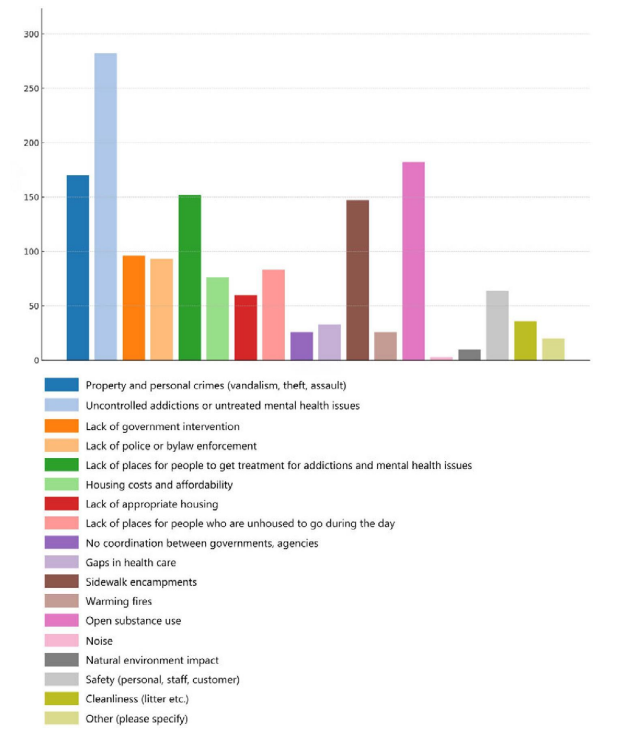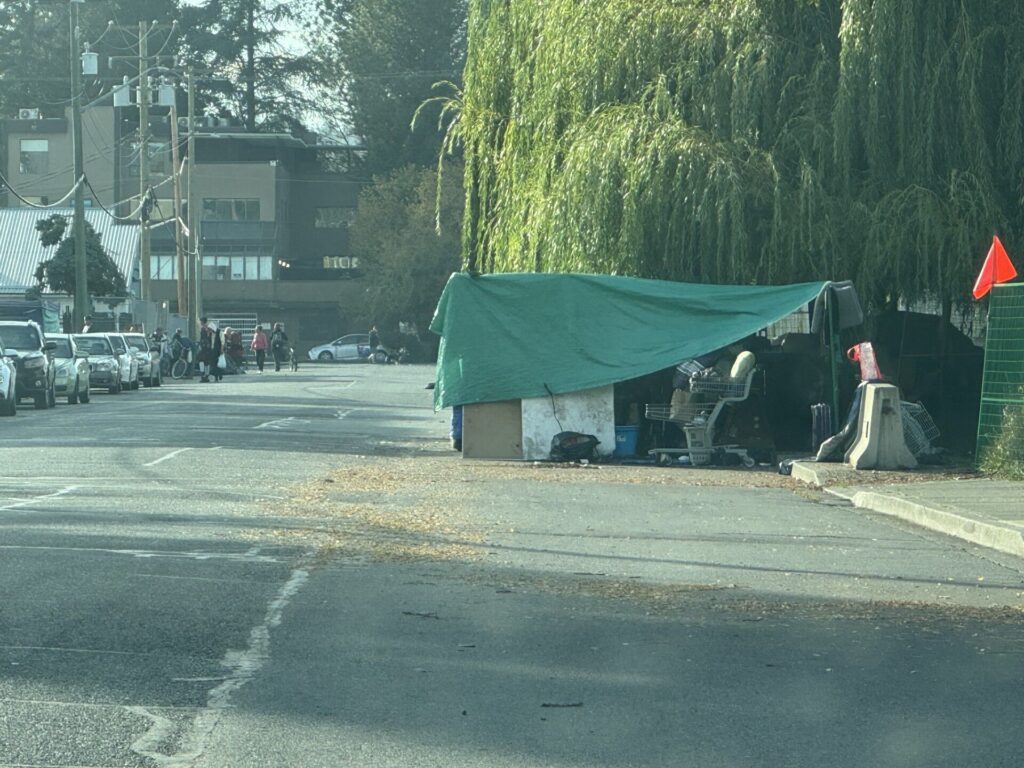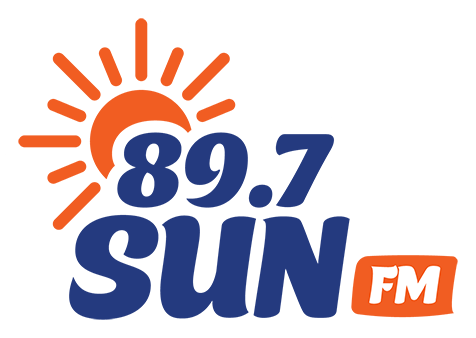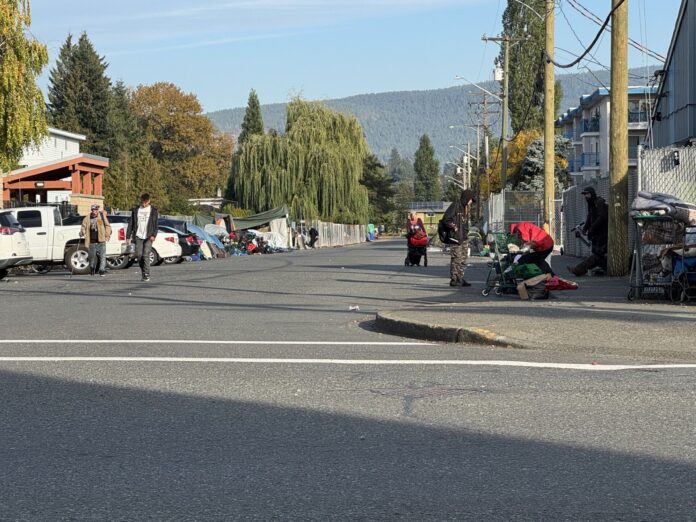North Cowichan council has directed staff to prioritize cleanup efforts of Lewis Street by enhancing responses to encampments, street disorder, and crime.
During the Committee of the Whole meeting on Monday, Oct. 6, council reviewed a survey completed by 398 respondents, which identified the top four concerns as uncontrolled addictions, open substance use, property and personal crimes, and sidewalk encampments.

Council deliberated for several hours on how to address public concerns regarding Lewis Street.
All councillors agreed the status quo was no longer effective and instructed staff to explore alternative solutions to address the ‘level of disruption’ affecting residents and business owners in the area.
John Horn, Director of Social Planning and Protective Services for North Cowichan, said discussions were positive and aimed at improving the situation for everyone on Lewis Street.
“Hopefully, we’ll see better options for those living on the street, because that’s what we all want,” Horn said. “I believe it was unanimous tonight that the best solution for everybody is to get people a safe, dry, and warm place to be.”
Horn acknowledged that addressing homelessness in North Cowichan is complex and will take time.
“There are significant challenges in achieving this goal, with enormous resource implications at all levels of government,” Horn said. “We need to determine who will fund these initiatives, provide land, construct facilities, and employ staff. These are the difficult questions of politics.”
One potential measure under consideration is increasing RCMP and bylaw enforcement presence on Lewis Street. Horn believes that, if implemented correctly, this approach could yield positive outcomes.
“They [homeless individuals on Lewis Street] see us as balancing the needs of the neighbourhood with their own, trying to find that ‘magical’ balance between the two,” Horn said. “I think there is general respect for what we’re doing, not just for coming in and making their lives miserable. We are genuinely trying to find ways to help them.”
Horn proposed to council the development of “villages” as a step towards recovery for individuals with addictions, aiming to ease their transition without overwhelming them.
He stated that this model is feasible for the Cowichan Valley, but first, a piece of land must be presented to the province to secure funding.
“The model is being recognized in Vancouver, Victoria, and Nanaimo,” Horn said. “We think it’s a great model, but the only way we can implement it is by presenting the province with a piece of property.”

Photo credit: Justin Baumgardner, VistaRadio
As part of the Wellness Plan update, council has directed staff to identify potential areas for shelter within municipal parks. However, Councillor Tek Manhas emphasized that before supporting any “village-style” shelters or park-based locations.
“If it’s within communities, I don’t support any of these villages inside communities; I don’t want to destroy other communities,” Manhas said. “Lewis Street has already been destroyed.”
He expressed concerns about the safety of such locations for both residents and park users, noting that parks are municipal amenities for families.
“There could be needles all over the place, and unless you clean them properly, it’d be unsafe for kids and residents,” he said.
Manhas referenced the City of Duncan’s policy allowing overnight camping in McAdam Park, stating that public feedback has been negative.
“What I’ve heard from people on the streets is they find it dangerous there and won’t go camping there,” he said. “Even residents have reported issues at McAdam Park.”
The municipality has voted to have staff explore enhanced solutions to address addictions, mental illness, criminal activity, encampments, bylaw and RCMP presence, housing, public urination, noise, and personal safety.
According to a report from Housing, Infrastructure and Communities Canada, from 2020 to 2024, there has been a 107 per cent increase in unsheltered individuals across 56 Canadian communities.
– Article includes files from Municipality of North Cowichan






